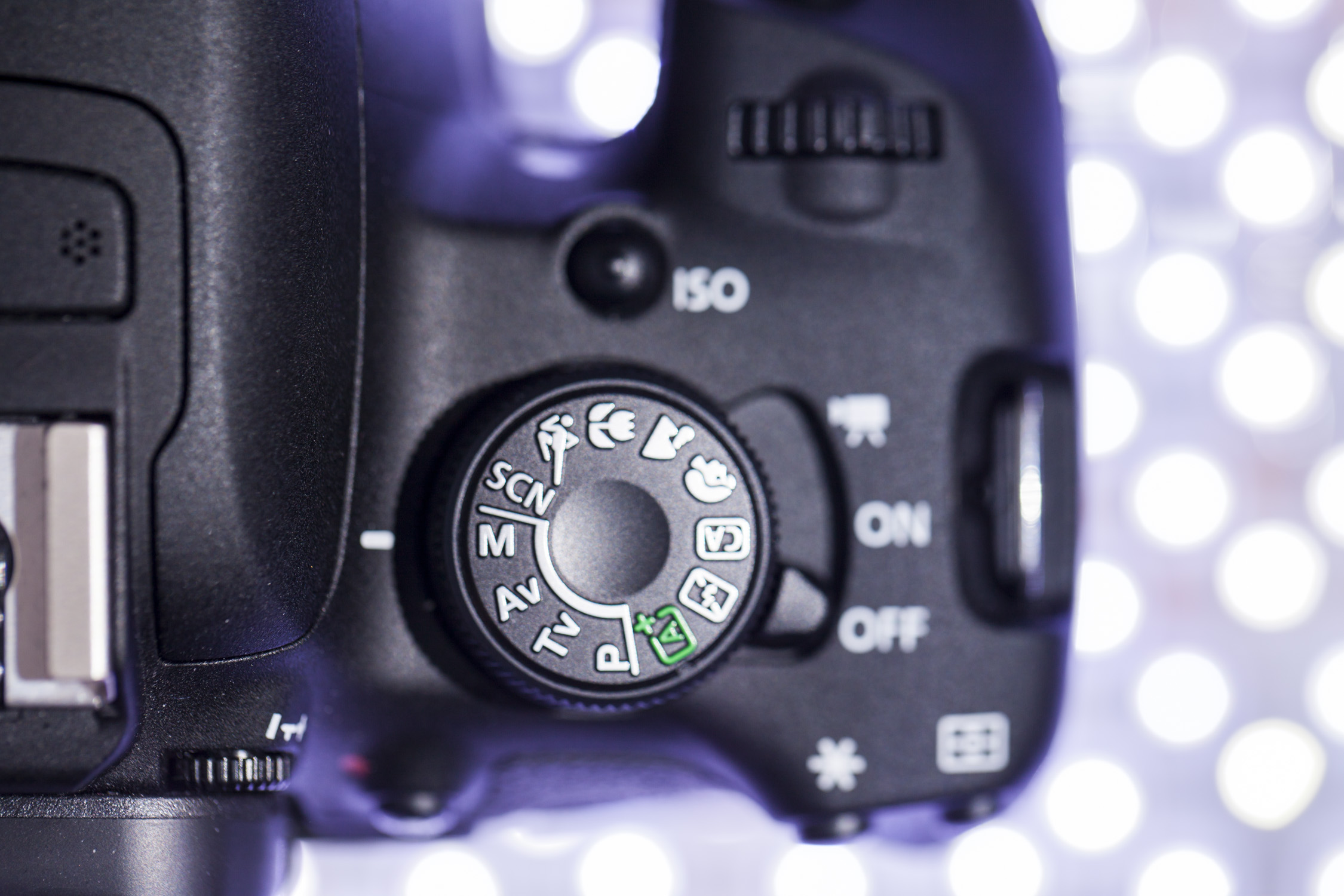What is the difference between the camera modes on my mode dial?
When you first pick up a digital camera you would be forgiven for being overwhelmed by the sheer number of settings and camera modes available to you. This video tutorial is going to break these camera modes down by going through what is available on your mode dial and how, and when, you would use them. Basically the camera modes on the mode dial control how the camera controls exposure when taking a picture.
If you have invested in a decent camera it is likely that it will have a mode dial that is used to select between the camera modes. The letters used vary between manufacturers but the following modes will be present on most cameras.
Auto - This is exactly as it sounds and is usually denoted by a green rectangle. Point, shoot and you're done. This is designed for people who want to get average snap shots without any fuss. When the lighting conditions become even slightly tricky this mode will fail you. Please do not use this mode.
P - The P mode, as many think, does not stand for professional. It means 'Program' and is simply another auto mode. Again, please do not use it. Either stick on full auto or have the courage to progress to one of the camera modes below.
Av or A - This mode is called aperture priority. When using this mode you will manually adjust the aperture setting and the camera takes care of everything else. The aperture controls the amount of physical light getting to the sensor by adjusting an iris within the lens. The aperture setting is denoted with an f/stop number eg f/2.8, f/4, f/5.6 etc. The aperture setting also controls the depth of field your image has. A smaller f/stop number will give you a more blurred background, especially when the distance between the camera and your subject is small and the distance between your subject and the background is large. Take a picture of your finger as close to the lens as you can focus and you will see what I mean.
TV or S - This is your shutter priority mode. This mode controls the shutter speed on your camera. When an image is exposed the shutter opens allowing light to hit the sensor. This setting varies the amount of time the shutter is open therefore affecting exposure. Measurements are in fractions of seconds or seconds, eg 1/200th of a second. The camera will then take care of everything else including the aperture setting. This mode is useful when you want to freeze the action, such as a bird in flight where a faster shutter speed is required. Conversely a slower shutter speed will introduce some movement into your image such as the clouds in the image below.
M - Manual mode. Of all the camera modes, if any were to be called professional, this is it. You set aperture and shutter speed along with ISO. This mode ignores the cameras light meter and shoots exactly as you set it. If you are becoming serious about photography then this is the mode you should be aiming to shoot in most of the time.
B - Bulb Mode. Many DSLR cameras will have this mode. It is essentially the same as manual but the shutter remains open as long as the shutter button is depressed. Using a cable remote, the shutter can be locked open to achieve some seriously long exposure pictures.
This is a very brief run down of each of the main camera modes. When you decide to come out of auto it is important to start to understand the relationship between aperture, shutter speed and ISO. This is often described as the 'exposure triangle'.
Thankfully my eBook covers all the basics of exposure including the 'exposure triangle' and is available as a free download now!! Please follow the link below.
http://www.firstmanphotography.com/ebook
I'm Adam, this is First Man Photograph.......Out!!
Follow First Man Photography for the latest updates:
- Facebook - https://www.facebook.com/firstmanphoto
- Twitter - https://twitter.com/adamkarnacz
- Google+ - https://www.google.com/+Firstmanphotography
- Instagram - http://instagram.com/adamkarnacz
- Medium - https://medium.com/@AdamKarnacz



